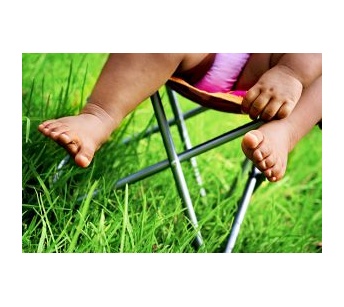 The American Academy of Pediatrics has a new recommendation for the amount of vitamin D for newborns, babies, kids and teens. Read on to learn more.
The American Academy of Pediatrics has a new recommendation for the amount of vitamin D for newborns, babies, kids and teens. Read on to learn more.
If you are a breast-feeding mom, then chances are that you are familiar with vitamin D supplementation. Vitamin D is usually present in formula but very little is available in breastmilk. Because of this fact, a liquid vitamin supplement that includes vitamin D is usually recommended for newborns who are breast-feeding.
Older kids usually get their vitamin D from drinking regular cow’s milk. The vitamin was added many years ago to both milk and formula as a way to prevent a deficiency and rickets. Rickets was a frequent bone disorder in the 1800 and early 1900s, although it still occurs today. An amount of 200 units of vitamin D daily was recommended. Now the American Academy of Pediatrics is recommending that children, from newborns through teens get 400 units of vitamin D daily, as a way of preventing serious diseases, such as cancer, diabetes and heart disease. Breast-feeding infants, some formula-feeding infants and kids who don’t drink enough milk may need supplements to comply with the new updated recommendation.
How much milk is needed for 400 units of vitamin D? About four full cups. Vitamin D can also be found in fortified cereal and oily fish, such as tuna. Vitamin D can also be made by the human body, when skin is exposed to sunlight. Because of concerns with sun exposure and skin cancer, supplementation is usually necessary.
The change in the recommendation was prompted by numerous studies that show that Vitamin D plays a larger role in disease prevention than was originally thought. The American Academy of Pediatrics emphasizes that there is no hard scientific evidence that can point to the exact amount of vitamin D that would be needed for disease prevention.
Click here for more articles by Mary Ann Romans.
The Link Between C-Sections and Childhood Asthma
Using Infant or Children’s Tylenol May Increase the Risk for Asthma
Bottle Feeding Past 15 Months Linked to Iron Deficiency
Preventing and Treating Dehydration

